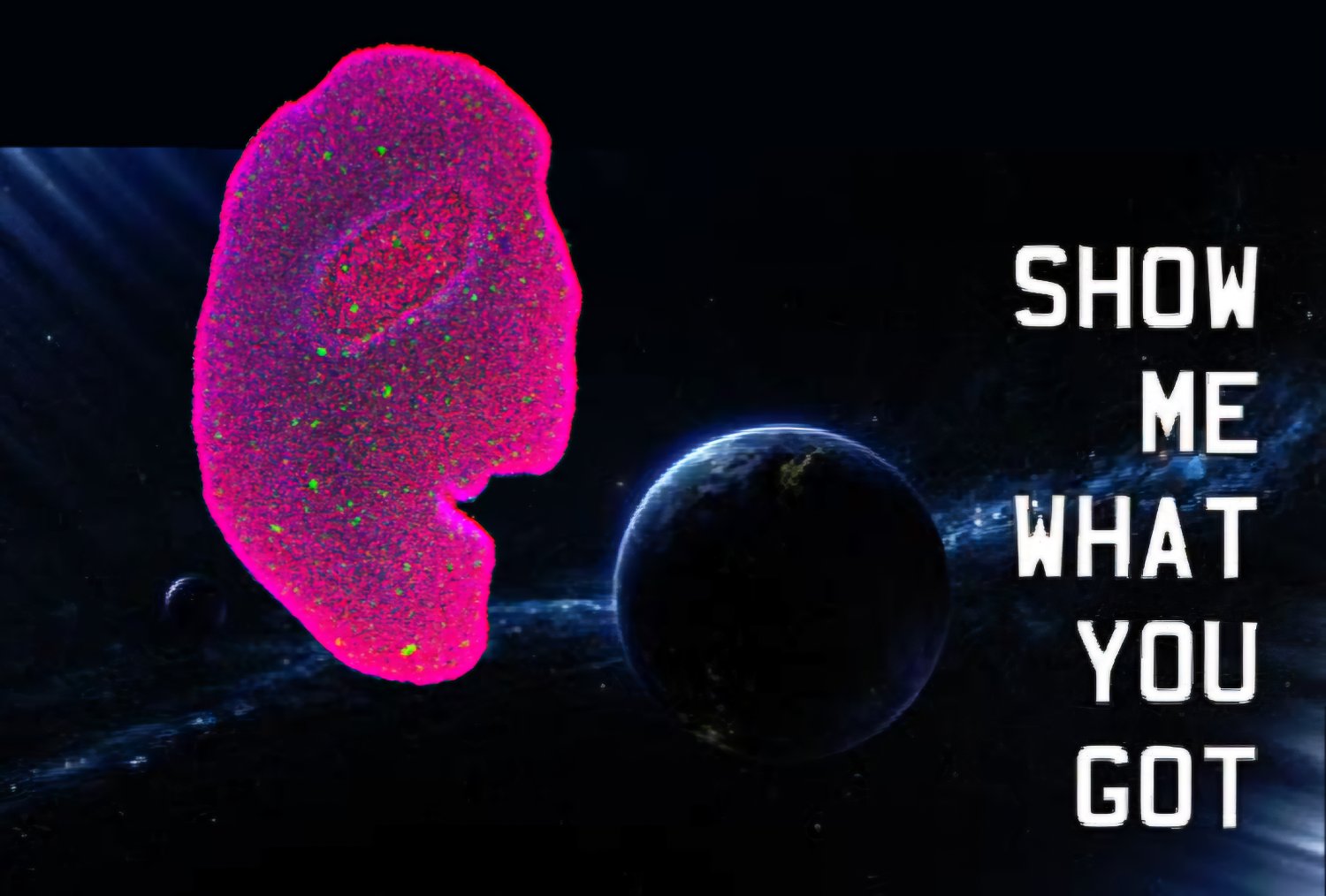I read this thing's entire wiki page and it's fascinating!!
- Imo it's not even an animal it's just a collection of cells that can survive on their own but just don't want too
- It will rip itself into multiple parts spontaneously because cells don't coordinate too much. They don't have dedicated neurons but they have a decently complex peptide based protocol.
- You can put a single Trichoplax animal through a sive that is fine enough not to damage the cells but separate them, and the cells will reform into the same animal
- They can reproduce sexually but they don't have any of the markers that all males of all sexually reproducing species have. Plus because they only ever sexually reproduce when there's a high density of Trichoplaxs, it's basically a pattern of Trichoplax cells choosing to break away and combine with other cells to create new individuals.
- They're just about as simple as e.coli and they're the simplest animals with about 50mill base pairs divided into 6 chromosomes
- They can take the organelles of the cells they eat just because. The wiki article calls it symbiosis but that implies that organelles are alive and I don't think they are. I think Trichoplaxs can just take tools from other creatures to use.



